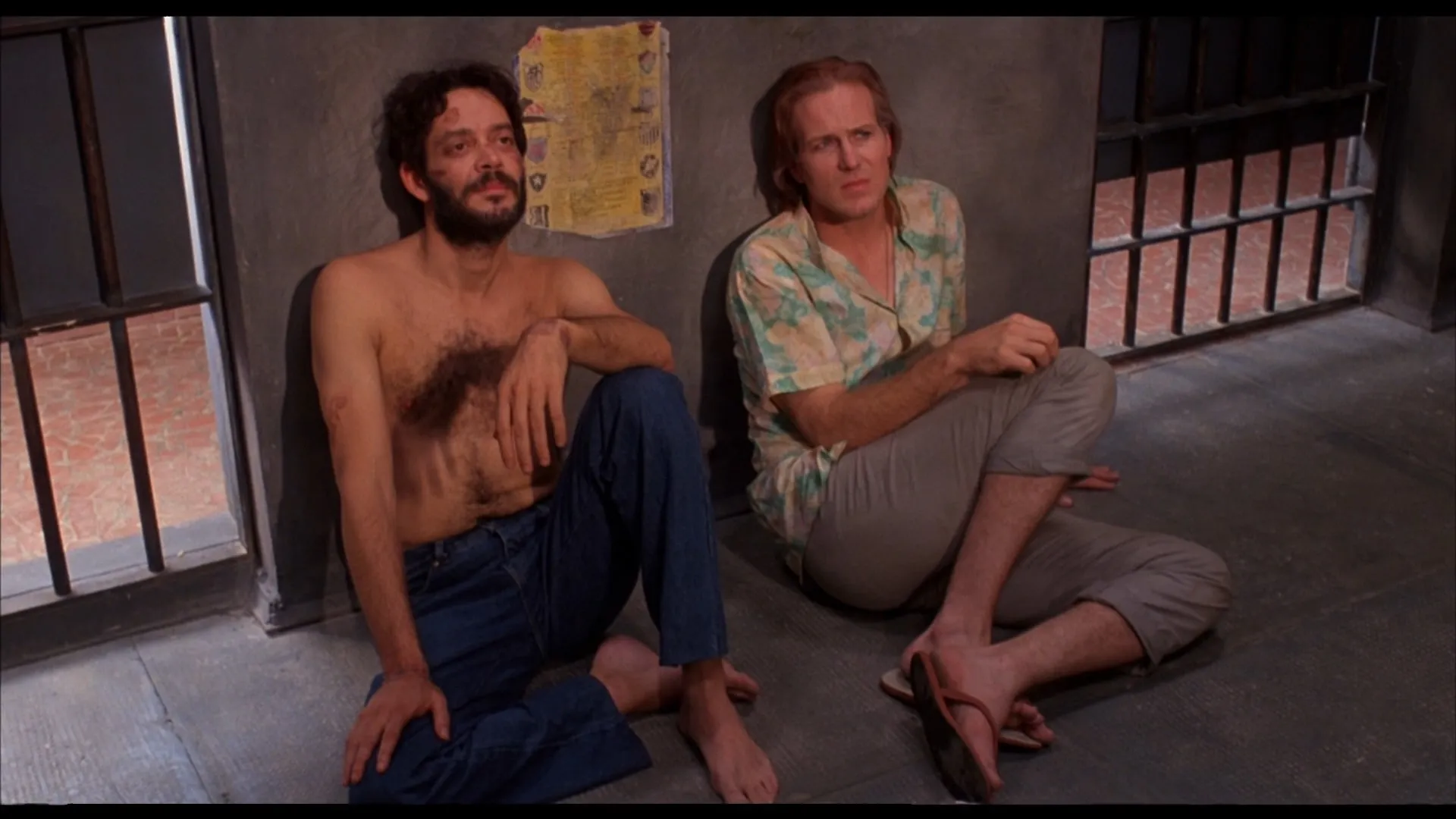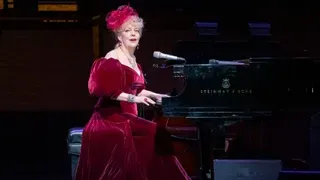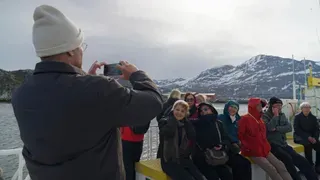August 17, 2014
What's Up at the Galleries in August?
Kilian Melloy READ TIME: 4 MIN.
Art doesn't take a summer vacation. Here's a taste of what's out there this August.
The images in RayKo Photo Center's "The Perimeter of the World - Contemporary Travel Photography" aren't your average tourist shots. The curators pored over 3,000 photographs submitted by more than 300 artists from around the globe to arrive at the 70 displayed here, a goodly portion of which were shot on traditional film.
RayKo Gallery director Ann Jastrab wanted to know what drove photographers to lug a 4x5 up a mountain into thin air, cart around tons of film, or dole out money to rent expensive lens while on holiday. Whatever their motivations, the enticing pictures they brought back speak to just how big the world is, and the myriad ways of life that surge forward thousands of miles from home in Argentina, Mongolia, Tibet, Burma and other far-flung locales. Even better, viewers are transported to distant continents without the pain of wading through airport security lines.
Steam rises from Icelandic geodesic domes; lions move stealthily through the tall grasses of the Kalahiari savannah (Steve Chapman); a ladder peeks through a snowy, mist-shrouded aerie at the top of the world (Joyce Lopez); Robi Chakraborty catches a bevy of Indian women, draped in blood red saris and gold jewelry, who are crammed into a third-class railway car (one of many images of the less-trodden areas of India, shot by natives of the country); and a grey wolf leans forward on a rocky premonitory, her cubs behind her, as she sizes up the interloper pointing the camera (Elaine Heron). Oliver Klink's "Herding Instincts, Bhutan," the winner of this juried competition, shows us Mrs. Thuji's general shop and bar, where patrons gaze out windows at the sideshow on the street: a pair of airborne baby rams poised to butt heads. This exhibition is the next best thing to being there. (Through Sept. 3.)
The beginning of the so-called "Great War" marks its centennial this year with an array of art and film programs built around the theme. The Goethe-Institut's "100 Years Later" mixes talks, films and a pair of exhibitions, the first of which, "No Escape," focuses on "All Quiet on the Western Front," the epic anti-war novel by German veteran Erich Maria Remarque about the senselessness and devastation of WWI. It came out in serialized form in 1928, was published as a book the following year, and made into a movie in 1930. In 1933, the Nazis burned the book, which says good things for it.
Now German artist Peter Eickmeyer has transformed Remarque's classic into a graphic novel. In his illustrated adaptation, the abridged text remains faithful to the source material, but the artist's emotionally affecting, grimy, earth-toned gouache illustrations of war-ravaged landscapes and weary, shell-shocked soldiers, in conjunction with Remarque's language and the inner voice of the 19-year-old protagonist, amplify the horrors of a ghastly conflict that wiped out or damaged a generation of young men. The exhibition of 30 large-format paintings and pages from the graphic novel, complemented by excerpts from the book, premieres in San Francisco, Aug. 20-Sept 12.
Raised in Tel Aviv, San Francisco-based artist Dana Harel draws on her Israeli youth, her familial relationships with men, and her intimate experiences with the military - she's the daughter and wife of Israeli soldiers, and served in the army - for haunting hybrid works that combine sculpture, photography, drawing, painting and printmaking. In her solo exhibition "Between Dreams and Nightmares," now at the Palo Alto Art Center, Harel's human figures seem stripped bare, weighed down by sorrow, anxiety and impending loss, their gender (and future) undefined. Imminent violence might be just off-stage in "Only in Human Eyes," which depicts the head of a fierce dog, mouth wide, teeth bared, howling behind the ear of a partially blighted human face. Astride a horse whose haunches are consumed by an aura of milky white, a rider turns to look back in "When I'm Gone," and a mournful, defeated figure in rags proffers a bare tree branch ("Not Telling Them Apart until the Very End 1"). Inspired by collective memories rather than current headlines, Harel says her layered multimedia pieces "reflect the messiness of war and its effects on survivors," a subject that couldn't more timely. (Through Sept. 7.)
Chandler Fine Art features works-on-paper by a group of artists. Josette Urso, moved by T. S. Eliot's notion of "the still point of the turning world," creates patterned, concentric circle, collage-like roulette wheels, while photographer Wayne Hoy captures San Francisco's cityscape during the magic hours, twilight and dawn. Citing influences ranging from traditional sumi-e painting and ancient alchemy illustrations to jazz and blues and carnivorous plants, Alexis Manheim's gift for titles - "How to Set off Fireworks with Your Eyes Closed," "Astrological Blunder," "The Drawing That Ran Away" - is matched by the mischievous vitality of her pastel, raw pigment, graphite and gouache compositions that bring Nancy Graves and Elizabeth Murray to mind. (She makes her own pastels.) A chaos vs. control war reigns amidst squiggles, childlike shapes and dashes of black ink that provide an informal, skeletal structure. It's as if a precocious kid had plundered her first box of paints. (Through Aug. 31.)
Kilian Melloy serves as EDGE Media Network's Associate Arts Editor and Staff Contributor. His professional memberships include the National Lesbian & Gay Journalists Association, the Boston Online Film Critics Association, The Gay and Lesbian Entertainment Critics Association, and the Boston Theater Critics Association's Elliot Norton Awards Committee.






